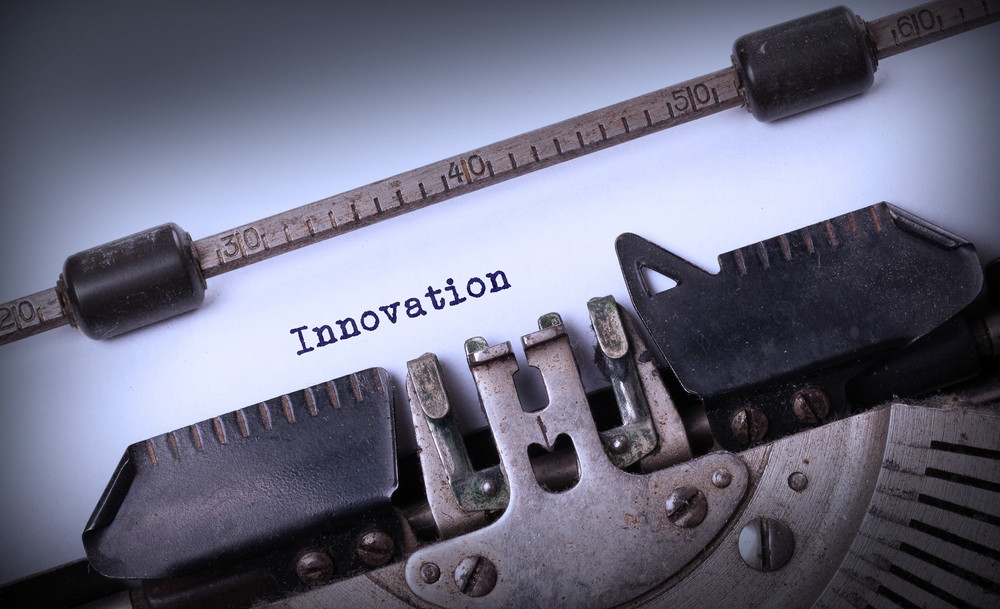Guitar players the world over owe a debt of gratitude to the humble push-pull cable. An experiment to find the right coating for the cable got Dave Myers, a bright associate at W.L. Gore thinking that it could also be used on guitar strings to make plucking more comfortable.
While the coating didn’t do much for comfort it unexpectedly allowed guitar strings to retain tone for longer. And so the iconic ELIXIR guitar string was born.
Be it that, the Post It Note or the Sony PlayStation, stories of inspired and accidental innovations make captivating reading. However, even the most effortlessly innovative companies are more about method than mad genius. Below the surface of these organisations, what will you find? Clarity of vision? Systematic effort? Innovation culture?
Or maybe you found an intrapreneurial mindset?
The call to end the innovation department, in favour of adopting disruptive startup practices, has become louder in recent years. While the intent is right, these organisations must think carefully before dismantling their R&D setup in favour of disparate, autonomous skunk works.
> See also: Why innovation is at the heart of the insurance industry's evolution
Startups disrupt by nature. In contrast, established organisations nurture, sustain, and stabilise. They have a need to be innovative, but cannot take their foot off the performance pedal.
They value great ideas, but know that these cannot come at the cost of compliance or even efficiency. So these organisations can take some risks, but never at the cost of reputation or efficiency at scale or client confidentiality.
Most large organisation experience this dilemma first-hand at one time or the other. They search for the ideal innovation model, only to find that most approaches, even those that decry formal innovation formats, advocate a structure of some kind.
Some try to imbue a startup spirit into essentially non-startup organisations; others seek to create little startup silos within.
When creating a framework for taking innovation down to the grassroots of an organisation and its clients, it is important to free innovation from the trappings of a designated department. Instead innovation needs to course in through the organisational veins organically.
That’s why the core philosophy of a framework that works is one that democratises innovation. It does this by getting every employee invested in it. The core objective then is to produce innovations that will put each employee at 'zero distance' from the client, yet completely aligned with client needs.
An organisation can achieve that by mentoring each employee to watch out for opportunities to innovate, look around and learn from others, do something over and beyond the scope of a project, do something better than before, articulate the value of innovations in a way that matters to users and share that knowledge with others.
Many innovations have originated the zero distance practices and the five-point innovation framework.
For example, a leading European telecoms giant reached out to a small group of Infosys engineers. It asked the company to demonstrate remote provisioning of an embedded SIM via multiple sales channels. These young innovators were not entirely convinced about the brief.
They clearly saw value in something more ‘omni-channel’ than the three channels the client was currently focused on. In that spirit, they decided to embrace their inspiration and do more.
The engineers fashioned a rapid omni-channel prototype in five weeks. It covered the three focus channels along with mobile apps and kiosks. They also outlined a User Journey Catalogue for a possible futuristic e-SIM-related evolution and implementation.
It all helped the client understand how this would greatly shorten future implementations and consequently, time to delivery.
A global networking concern hired Infosys to develop and maintain the remarketing applications its executives used to manage refurbished inventory. As the engagement progressed, several 'what if' questions occurred to the engineers on the project.
The client’s data was scattered across several reports and collating consolidated reports meant days of avoidable admin. They were motivated to find a better way for the client.
Before long, the team presented a prototype for an Insights Generation Platform that could help create greater value from the applications used for inventory, wholesale quotations and backlog forecasting, among others.
> See also: How to use open innovation to find new products
The platform improved visibility of the remarketing business data – including sales by region, product and manager – as well as key market and product trends. It is expected to deliver several benefits to the client’s remarketing business, including clearance of supply chain bottlenecks and better demand forecasting for refurbished products.
What differentiates the zero distance and five-point innovation framework from other models is that it is grassroots in nature. By making innovation part of peoples’ day-to-day roles, it encourages them to stay focused on it all the time.
Innovation is not something to do during allocated 'dabble time', nor is it something that’s removed from the job. It’s the reason for the job.
Sourced from Ravi Kumar, Executive Vice President & Chief Delivery Officer, Infosys










